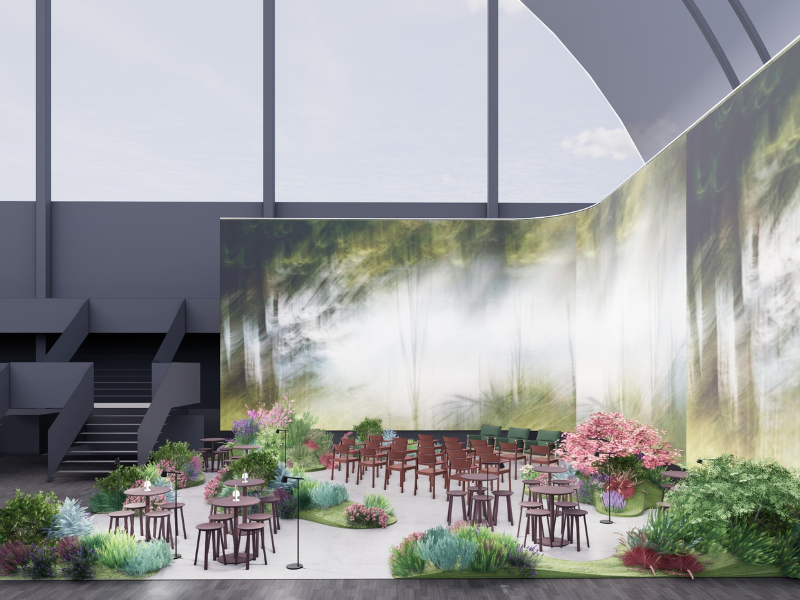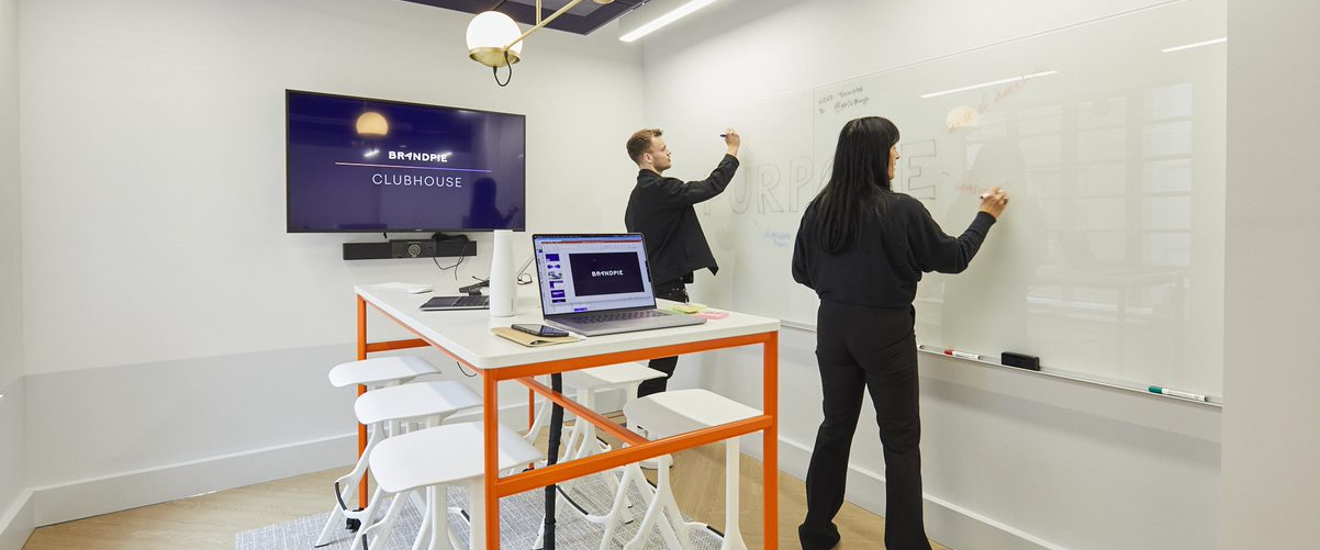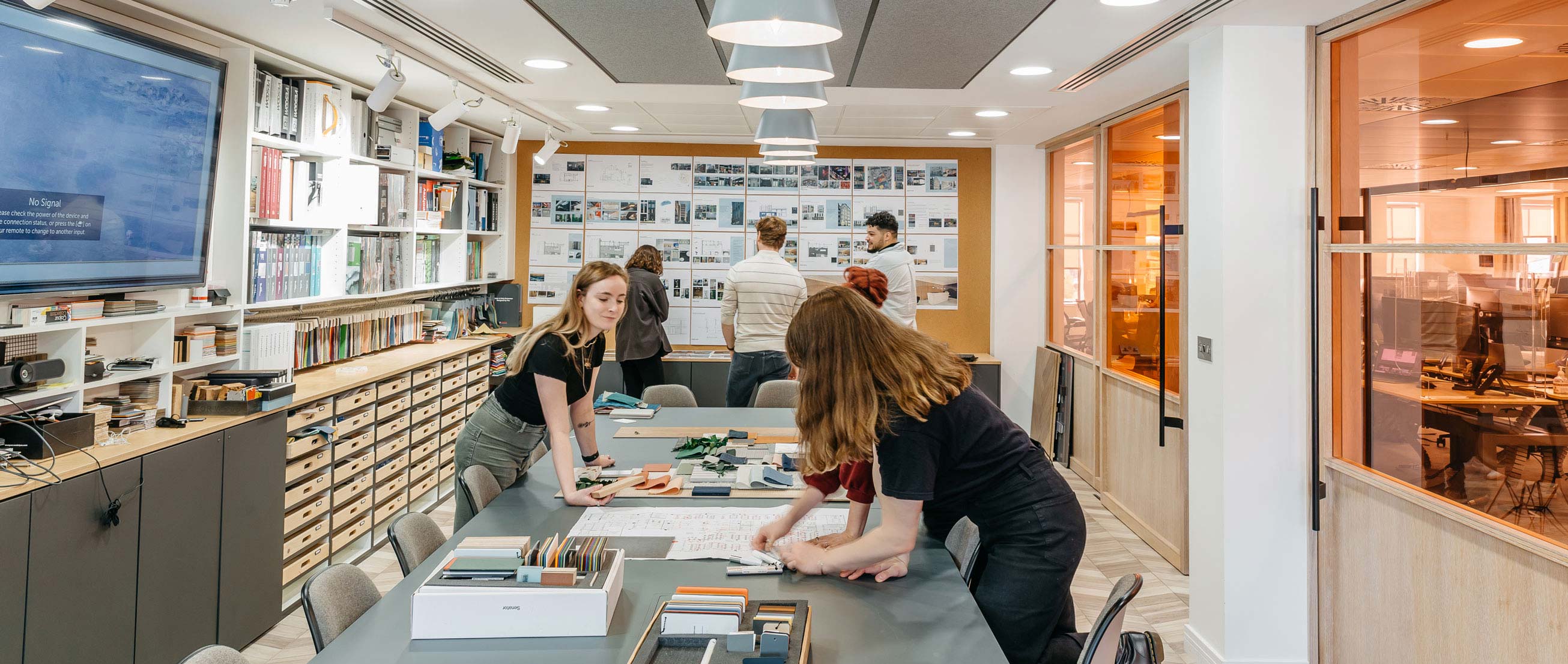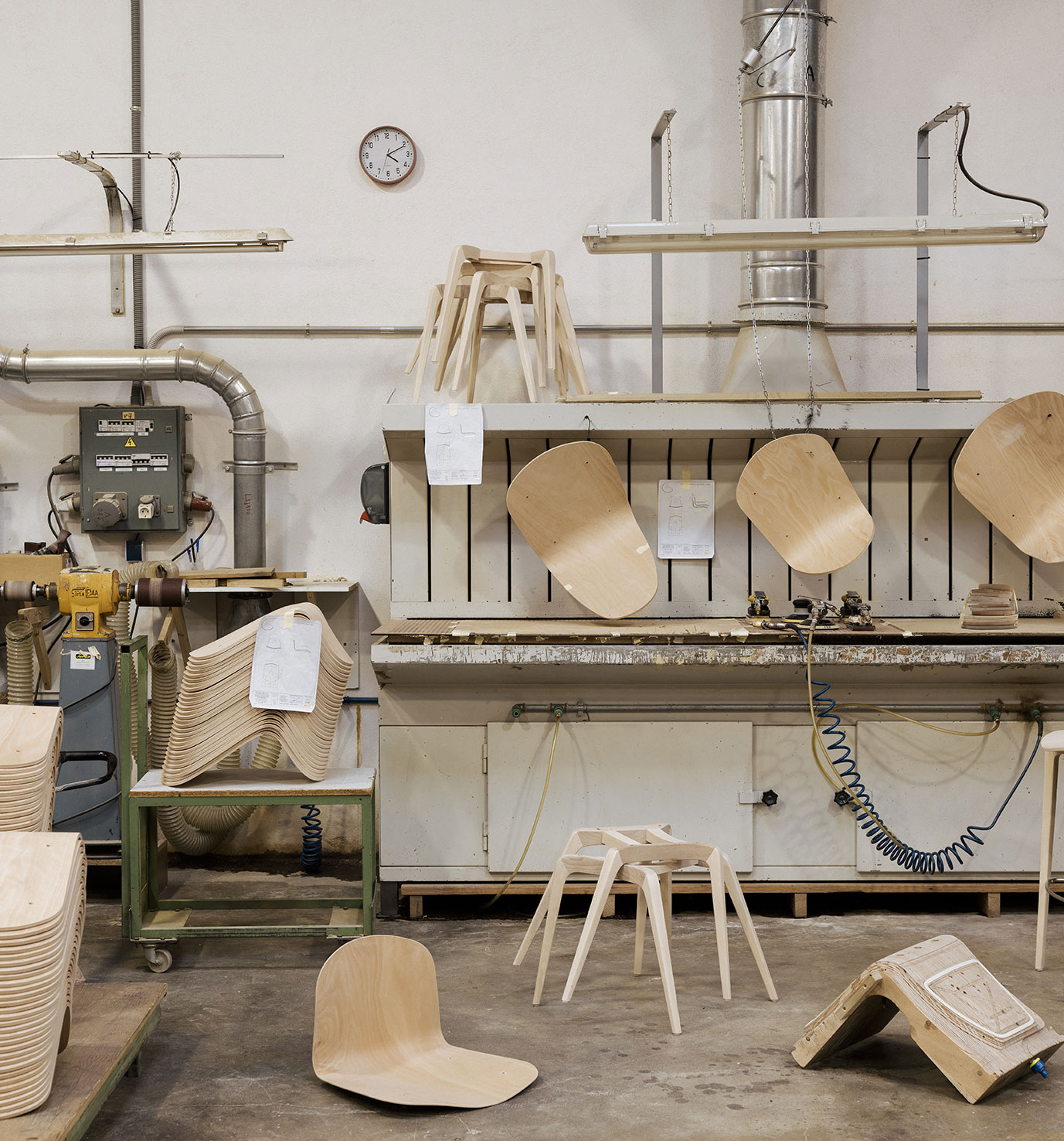
Sign up to our newsletter.
Stay up to date on the latest in workplace design & build. Sign up to our newsletter for useful advice, information and inspiration from the world of workplace.

Having recently undergone its own office redesign, Peldon Rose has not only been talking the talk when it comes to agile working, but actually implementing the things it recommends to clients – including moving away from dedicated desks.
Hot-desking, (terminology borrowed from ‘hot-bunking’ on submarines) started in the 1980s and ‘90s and was pioneered by advertising agencies such as St Luke’s. However, a Channel 4 fly-on-the-wall documentary that proved to be the downfall of St Luke’s, also saw the beginning of a backlash against hot-desking that has continued into contemporary popular culture – the BBC comedy W1A depicts the trials and tribulations of its fictional ‘Head of Values’ struggling to find a suitable desk in its newly open-plan office. All joking aside, a recent report (albeit one commissioned by a company promoting an app to solve the problem) claims that employees spend up to two weeks a year looking for available desk space. Not providing a desk per employee can cut overheads by up to 30%, but other surveys report lowered morale, hygiene issues, and increased noise levels countering the productivity gains from breaking down silos.
So why aren’t we seeing a mass return to dedicated desks? ‘Hot desking is actually quite an outdated term,’ explains Peldon Rose’s Tim Swann. ‘It’s not really relevant in today’s working environment. What we encourage our clients to do – and in fact what we’ve just moved to in our own offices – is agile working. Hot desking doesn’t change the way people work – they are still expected to work at a desk, just not the same desk every day. Agile working is about empowering people to work how, when and where they feel most productive. A traditional desk set-up is just one of many options in an agile workplace.’
Contemporary workspace design acknowledges not only the diversity within workforces but also the fact that the same person can benefit from different environments throughout the day, depending on what they’re working on and how they’re feeling – a notion that Peldon Rose has embraced in its new office which provides sit-stand desks, quiet spaces for one or two people, a silent library, collaborative project areas and an open kitchen for café-style working and socialising. ‘It was important to give people different environments to work in as people are all different and our roles change throughout each day,’ says Swann. ‘Sometimes we need to be with people and at other times we just need to get our heads down. Agile working becomes a by-product of a smart environment that responds to people’s changing needs.’
But despite expertise in the area, Peldon Rose didn’t take any shortcuts when it came to implementing agile working in its own space. ‘A workplace study underpinned the whole process, giving us hard facts about our own business and how it works from a space point of view,’ explains Swann. ‘Also, change management was a really important tool to break people’s ties to their desks. We practised in the old building, implementing a clean desk policy and ‘hot boxes’ and moving management around to different positions. It wasn't easy in an environment not set up smartly but now we are really feeling the benefits.’
But what do the staff think? ‘They love it,’ says Swann. ‘Smart working has made people interact with each other. Simple things such as not having breakfast or lunch at desks, have created a lot more “collisions” and “soft communications” in the dining area.’ It seems walking the walk has paid off for Peldon Rose, so what advice would Swann give to others thinking about making the leap to agile working? ‘Make it easy for staff to adjust a screen or chair when they sit down at a new desk and make sure the technology supports agile working, so everything works first time. Give them plenty of different smart working environments to support the type of work they are doing and take the pressure away from desks. And finally understand the difference between smart working and agile working. Smart working is for everyone, agile isn't – if you have a fixed team who never need or want to go out of the office, it’s okay for them to have their own desks, as long as they can still go and work in a library from time to time.’
So, while hot desking might be cooling off, it seems that agile working is hot to trot.





Your workplace holds enormous potential to improve your business performance. Get in touch today, and we will unlock that potential together.